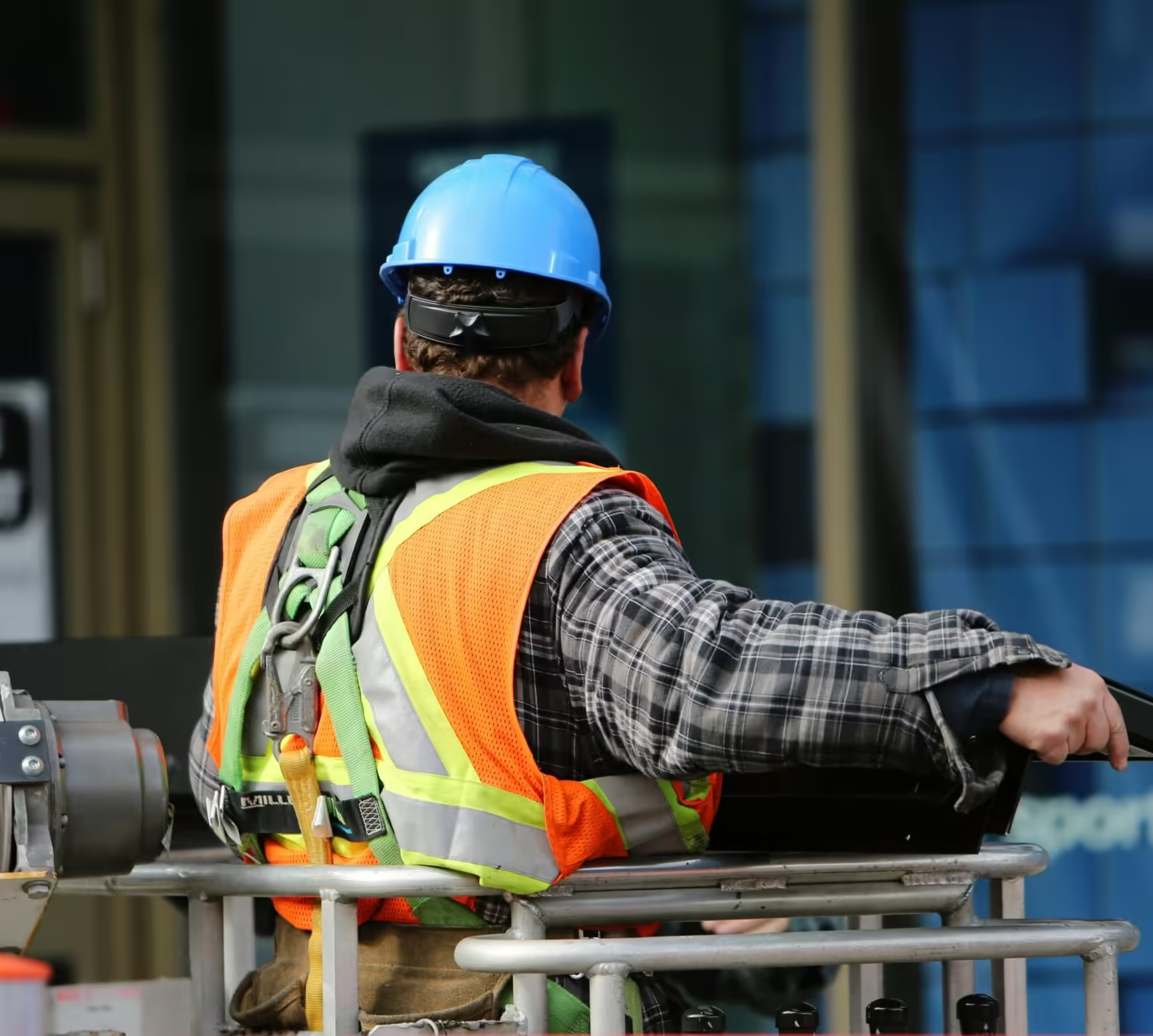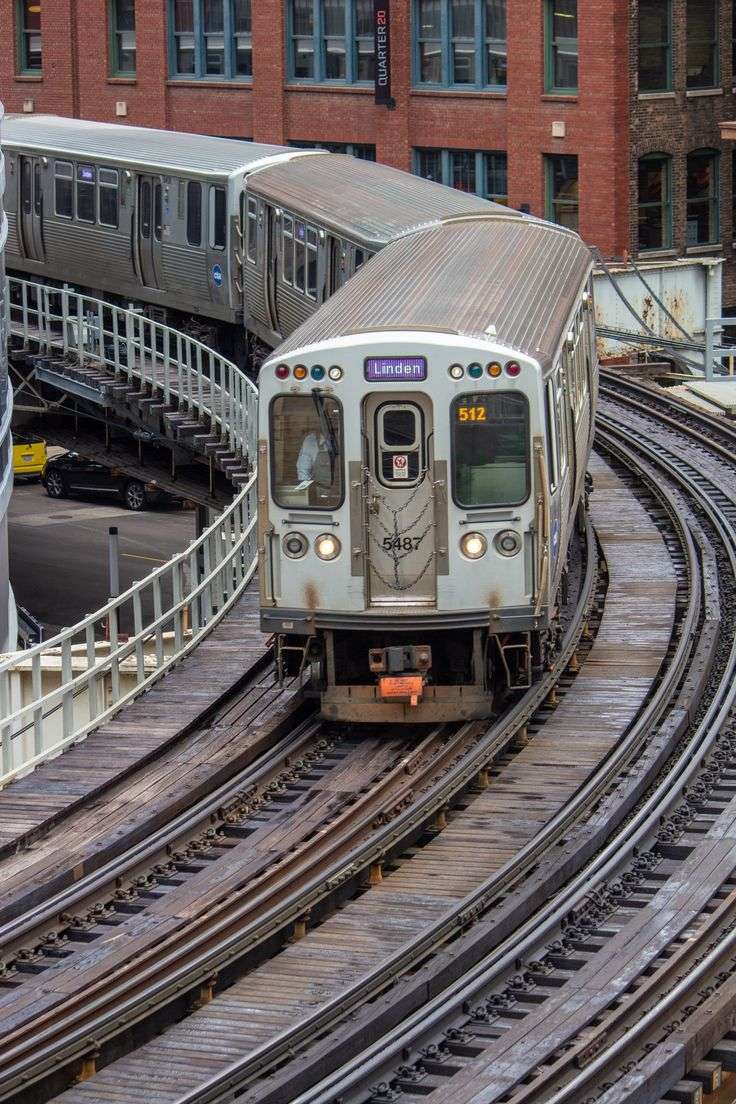Australia’s construction industry is vital to the nation’s economy, contributing significantly to infrastructure development, urbanization, and economic growth.
The following is an overview of the top construction companies in Australia, highlighting their key projects, financial performance, and contributions to the industry.
1. Lendlease Group
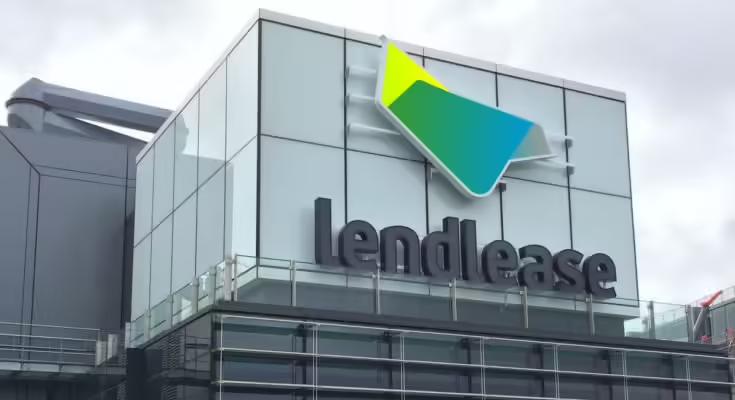
Introduction
Lendlease Group, established in 1958, is a globally integrated real estate and investment group headquartered in Sydney, Australia. Renowned for its innovative and sustainable construction practices, Lendlease operates across various sectors, including development, construction, communities, and investment management. The company has a significant presence in Australia, Asia, Europe, and the Americas, and is committed to creating value for stakeholders through urban regeneration and infrastructure projects.
Top Projects
Lendlease has a rich portfolio of iconic projects that showcase its expertise and commitment to sustainability:
- Barangaroo South, Sydney: A landmark urban renewal project transforming Sydney’s waterfront into a vibrant mixed-use precinct with office spaces, residential units, and retail outlets.
- Elephant Park, London: A major urban regeneration project aimed at creating sustainable, community-focused living spaces.
- Melbourne Quarter: An extensive mixed-use development featuring residential, commercial, and retail spaces, designed to enhance urban living in Melbourne.
- The Star Gold Coast: A luxury hotel and resort development that boosts the tourism appeal of the Gold Coast.
- Paya Lebar Quarter, Singapore: A significant mixed-use development integrating office, retail, and residential components to create a dynamic urban hub.
Financial Year Data
For the fiscal year 2022-2023, Lendlease Group demonstrated strong financial performance, reflecting its strategic focus on urbanization and sustainable development:
- Revenue: AUD 10.3 billion (USD 6.89 billion)
- Net Profit: AUD 650 million (USD 435 million)
- EBITDA: AUD 1.5 billion (USD 1 billion)
- Order Book: AUD 20 billion (USD 13.4 billion)
Valuation
As of mid-2024, Lendlease Group’s market valuation underscores its robust market presence and growth prospects. The company’s market capitalization stands at approximately AUD 12 billion (USD 8 billion), reflecting investor confidence in its strategic initiatives and future outlook.
Strategic Initiatives and Future Outlook
Lendlease is focused on several strategic initiatives aimed at driving future growth:
- Urban Regeneration: Continuing to lead in urban regeneration projects that create vibrant, sustainable communities.
- Sustainability: Enhancing sustainability practices, including commitments to net-zero carbon emissions and green building certifications.
- Digital Transformation: Leveraging digital technologies to improve project execution, operational efficiency, and customer engagement.
- Global Expansion: Exploring new markets and expanding its international footprint to diversify revenue streams and mitigate regional risks.
The future outlook for Lendlease Group is positive, driven by urbanization trends, increased focus on sustainability, and the global demand for integrated real estate and infrastructure solutions. The company’s strategic initiatives position it well to capitalize on emerging opportunities and deliver long-term value to stakeholders.
2.CIMIC Group Limited:
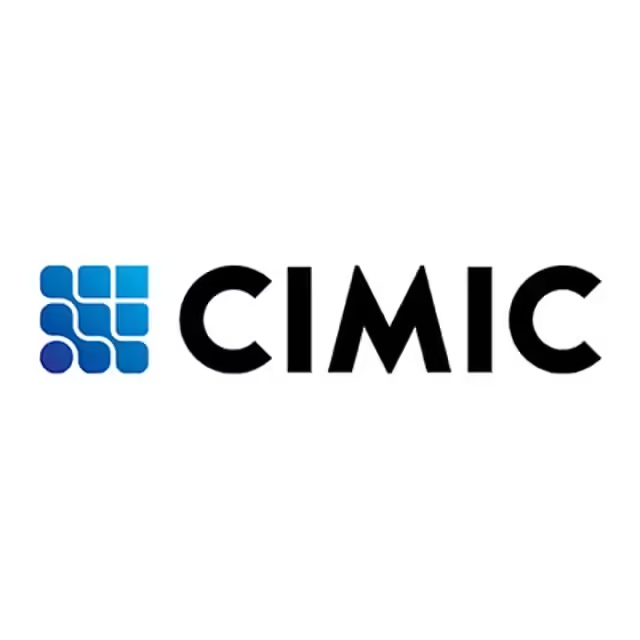
Introduction
CIMIC Group Limited, formerly known as Leighton Holdings, is a leading international contractor with a significant presence in Australia. Established in 1949, CIMIC operates across various sectors, including construction, mining, engineering, and services. The company is a subsidiary of the ACS Group, a global leader in infrastructure development. Known for its robust project execution capabilities, CIMIC Group plays a crucial role in shaping Australia’s infrastructure landscape.
Top Projects
CIMIC Group has an impressive portfolio of major projects that demonstrate its engineering excellence and diverse capabilities:
- WestConnex, Sydney: A major motorway project aimed at improving connectivity and reducing traffic congestion in Sydney.
- Melbourne Metro Tunnel: Enhancing Melbourne’s public transportation network with new underground rail infrastructure.
- NorthConnex, Sydney: A significant tunnel project connecting Sydney’s M1 and M2 motorways, aimed at improving traffic flow.
- Sydney Metro Northwest: Australia’s first fully automated rapid transit rail system, enhancing public transport in Sydney’s north-west.
- Adelaide Desalination Plant: A critical infrastructure project ensuring a reliable water supply for Adelaide.
Financial Year Data
For the fiscal year 2022-2023, CIMIC Group reported strong financial performance, reflecting its diversified operations and robust project pipeline:
- Revenue: AUD 14 billion (USD 9.37 billion)
- Net Profit: AUD 800 million (USD 535 million)
- EBITDA: AUD 2 billion (USD 1.34 billion)
- Order Book: AUD 35 billion (USD 23.42 billion)
Valuation
As of mid-2024, CIMIC Group’s market valuation highlights its strong market position and growth potential. The company’s market capitalization is approximately AUD 15 billion (USD 10 billion), underscoring investor confidence in its strategic initiatives and future prospects.
Strategic Initiatives and Future Outlook
CIMIC Group is actively pursuing several strategic initiatives to drive future growth and maintain its industry leadership:
- Digital Transformation: Implementing advanced digital technologies to enhance project execution, operational efficiency, and client engagement.
- Sustainability: Committing to sustainable construction practices, including reducing carbon emissions and integrating green building technologies.
- International Expansion: Expanding its footprint in international markets to diversify revenue streams and leverage global opportunities.
- Innovative Solutions: Investing in research and development to offer innovative solutions across its construction, mining, and services divisions.
The future outlook for CIMIC Group is positive, supported by ongoing infrastructure investments, urbanization trends, and the company’s strategic focus on innovation and sustainability. CIMIC’s strong order book and diversified operations position it well to capitalize on emerging opportunities and deliver long-term value to stakeholders.
3. John Holland Group
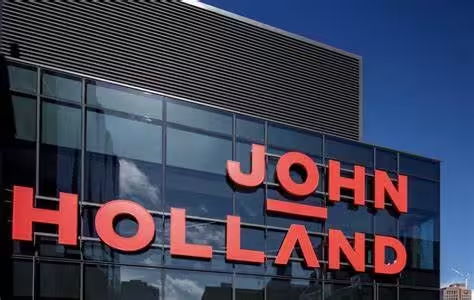
Introduction
John Holland Group, established in 1949, is a leading infrastructure and property company in Australia. Acquired by China Communications Construction Company (CCCC) in 2015, John Holland operates across multiple sectors including rail, tunnelling, building, and water infrastructure. Known for its expertise in delivering complex projects, John Holland plays a crucial role in Australia’s infrastructure development.
Top Projects
John Holland Group has a distinguished portfolio of major projects that highlight its engineering capabilities and commitment to innovation:
- Sydney Metro City & Southwest: A key component of Australia’s largest public transport project, expanding Sydney’s metro network.
- Melbourne Airport Rail: Enhancing connectivity between Melbourne Airport and the city center with new rail infrastructure.
- Canberra Light Rail: Developing a new public transportation system for Australia’s capital city.
- M4 East Motorway, Sydney: A critical road project improving transport links in Sydney’s west.
- Newcastle Light Rail: Transforming urban mobility in Newcastle with a modern light rail system.
Financial Year Data
For the fiscal year 2022-2023, John Holland Group reported robust financial performance, reflecting its diversified operations and strategic focus:
- Revenue: AUD 8 billion (USD 5.36 billion)
- Net Profit: AUD 450 million (USD 302 million)
- EBITDA: AUD 1.2 billion (USD 806 million)
- Order Book: AUD 18 billion (USD 12.1 billion)
Valuation
As of mid-2024, John Holland Group’s market valuation underscores its strong market position and growth potential. The company’s market capitalization is approximately AUD 9 billion (USD 6.05 billion), reflecting confidence in its project pipeline and strategic initiatives.
Strategic Initiatives and Future Outlook
John Holland Group is focused on several strategic initiatives to drive future growth and innovation:
- Sustainability: Integrating sustainable practices into its projects, including energy efficiency and waste reduction.
- Digital Transformation: Leveraging technology to enhance project delivery, safety, and operational efficiency.
- Expansion: Pursuing opportunities in new sectors and geographic markets to diversify its portfolio.
- Community Engagement: Committing to community-focused initiatives and partnerships to enhance social impact.
The future outlook for John Holland Group remains positive, supported by ongoing infrastructure investments and Australia’s growing urbanization trends. With a strong order book and strategic focus on sustainability and innovation, John Holland is well-positioned to capitalize on emerging opportunities and continue delivering value to stakeholders.
4. Fulton Hogan
Introduction
Fulton Hogan, established in 1933, is a leading construction, infrastructure, and road maintenance company operating in Australia and New Zealand. Known for its commitment to quality and innovation, Fulton Hogan plays a pivotal role in delivering essential infrastructure projects that support economic growth and community development.
Top Projects
Fulton Hogan has a diverse portfolio of significant projects that showcase its expertise across various sectors:
- Pacific Highway Upgrade: A major road project improving safety and connectivity along Australia’s east coast.
- West Gate Tunnel, Melbourne: Enhancing Melbourne’s road network with new tunnels and elevated roadways.
- Bruce Highway Upgrade: A critical infrastructure project in Queensland aimed at improving traffic flow and safety.
- Christchurch Southern Motorway Stage 2, New Zealand: Enhancing transport links in Christchurch with new motorway sections.
- Auckland International Airport Runway Improvements, New Zealand: Upgrading runway infrastructure to support increased air traffic.
Financial Year Data
For the fiscal year 2022-2023, Fulton Hogan reported strong financial performance, reflecting its diversified operations and strategic focus:
- Revenue: AUD 6.5 billion (USD 4.37 billion)
- Net Profit: AUD 400 million (USD 268 million)
- EBITDA: AUD 1.1 billion (USD 738 million)
- Order Book: AUD 12 billion (USD 8.05 billion)
Valuation
As of mid-2024, Fulton Hogan’s market valuation underscores its strong market position and growth potential. The company’s market capitalization is approximately AUD 7 billion (USD 4.7 billion), reflecting confidence in its project pipeline and strategic initiatives.
Strategic Initiatives and Future Outlook
Fulton Hogan is focused on several strategic initiatives to drive future growth and sustainability:
- Sustainable Practices: Integrating sustainable construction practices, including environmental management and resource efficiency.
- Innovation: Embracing digital technologies and innovative solutions to enhance project delivery and operational efficiency.
- Safety: Prioritizing a safe working environment through comprehensive safety programs and initiatives.
- Community Engagement: Building strong partnerships and engaging with local communities to deliver positive social outcomes.
The future outlook for Fulton Hogan remains positive, supported by ongoing infrastructure investments in Australia and New Zealand. With a robust order book and strategic focus on sustainability and innovation, Fulton Hogan is well-positioned to capitalize on emerging opportunities and continue delivering value to stakeholders.
5. Downer Group
Introduction
Downer Group, established in 1933, is a leading provider of integrated services in Australia and New Zealand. The company operates across diverse sectors including transport, utilities, facilities, and mining, delivering essential infrastructure and services that support economic development and community well-being.
Top Projects
Downer Group has a significant portfolio of major projects that demonstrate its capability and expertise:
- Sydney Growth Trains: Delivering new trains to meet increasing demand for public transportation in Sydney.
- New Intercity Fleet, NSW: Modernizing intercity trains to improve passenger comfort and efficiency.
- Auckland City Rail Link, New Zealand: A transformative urban rail project enhancing connectivity in Auckland.
- Talison Lithium Plant Expansion: Expanding lithium production capacity to meet growing global demand for batteries.
- NBN Co Telecommunications Network Rollout: Supporting Australia’s national broadband network with extensive infrastructure deployment.
Financial Year Data
For the fiscal year 2022-2023, Downer Group reported robust financial performance, reflecting its diverse operations and strategic focus:
- Revenue: AUD 9 billion (USD 6.05 billion)
- Net Profit: AUD 500 million (USD 336 million)
- EBITDA: AUD 1.2 billion (USD 806 million)
- Order Book: AUD 15 billion (USD 10.1 billion)
Valuation
As of mid-2024, Downer Group’s market valuation highlights its strong market position and growth potential. The company’s market capitalization is approximately AUD 8.5 billion (USD 5.73 billion), reflecting confidence in its strategic initiatives and project pipeline.
Strategic Initiatives and Future Outlook
Downer Group is focused on several strategic initiatives to drive future growth and innovation:
- Sustainability: Enhancing sustainability practices across its operations, including carbon reduction and waste management.
- Digital Transformation: Leveraging technology and data analytics to improve service delivery and operational efficiency.
- Infrastructure Development: Investing in critical infrastructure projects to support economic growth and community resilience.
- Safety and Well-being: Prioritizing a safe and inclusive workplace culture, with a focus on employee well-being.
The future outlook for Downer Group remains positive, underpinned by ongoing infrastructure investments and the company’s commitment to innovation and sustainability. With a strong order book and strategic focus on delivering value to stakeholders, Downer Group is well-positioned to capitalize on emerging opportunities in Australia and New Zealand.
